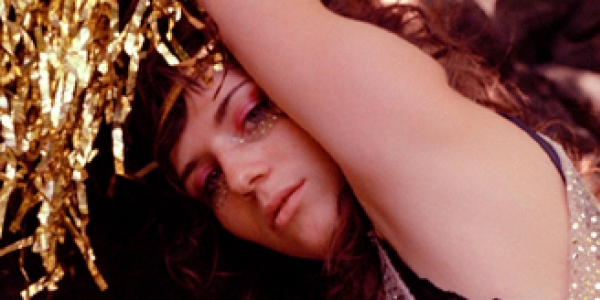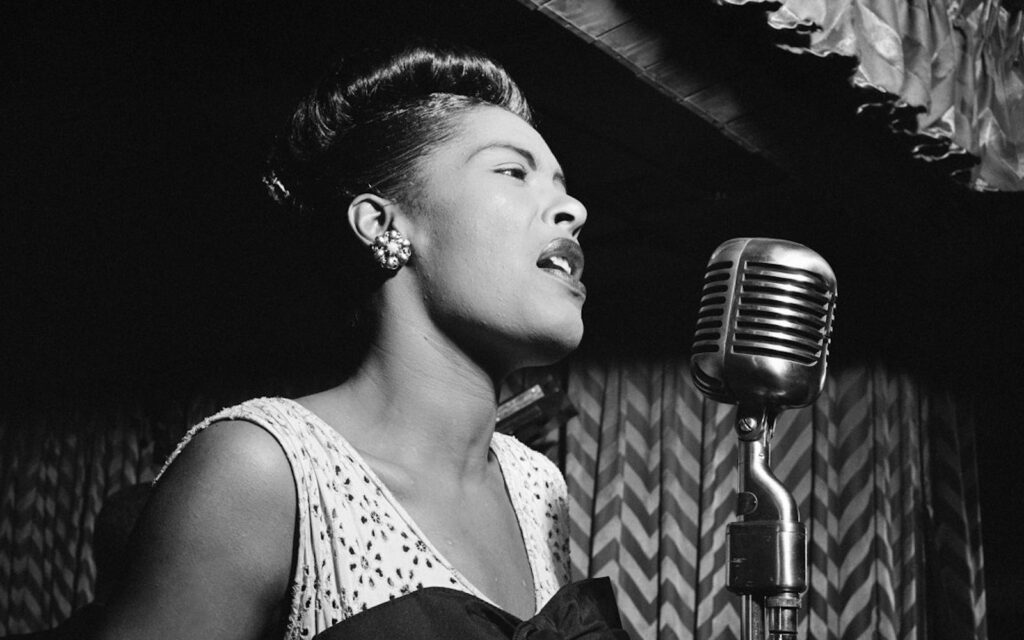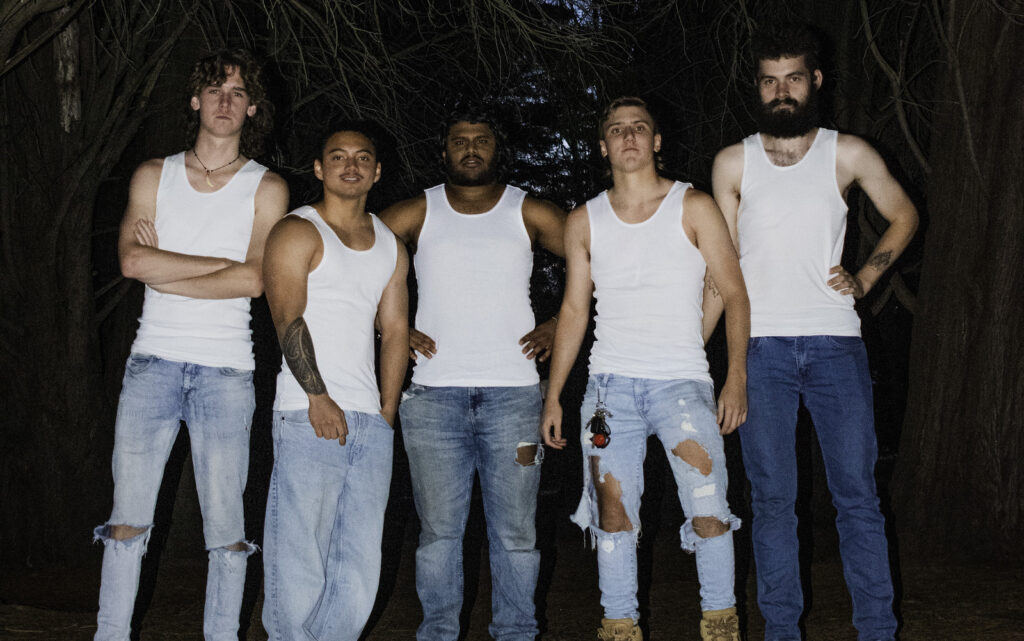“I somehow ended up with that image on my desktop,” explains Ruban Neilson, the New Zealand band’s focal member. “I didn’t really know where it was or what it was for a long time, and so it was just the mystery of it that I related to. When it was time to make the cover, I thought that it really matched the music. It’s not easy to explain why, but it’s kind of obvious when you look at the image and hear the album.”
Neilson is sitting in the back of a tour van hurtling along a freeway on the way into Los Angeles. The band has been on the road with Toro Y Moi and Bass Drum Of Death for the past few weeks, and you can hear the vagaries of touring weighing gently on his softly spoken Kiwi accent. As it happens, the image and its connotations do complement his music very well. The record’s heady broth of salvaged breakbeats, lurid psych-guitar tendrils and softly-fuzzed bass conjure the work of a band from an alternate reality 1970s; one in which Frank Zappa might have been high school mates with Sly Stone instead of Captain Beefheart. The disintegration of the building – its tarnished metal panels beginning to fall away completely – and the bleak landscape in which it’s placed are mirrored in the way the music glows, like an AM radio show lovingly dubbed to a warped cassette.
Unknown Mortal Orchestra sprouted after the dissolution of The Mint Chicks, a band that Neilson had formed with his brother Kody in high school. Taking a job as a graphic designer, he began writing and recording tunes entirely for himself. “I didn’t really realise that people were going to hear it. I didn’t think that anyone was going to listen to it, and I think that was really good for the record, because I was trying to make a record that was good enough for me,” he says. Given how intimate the record feels, it comes as no surprise to hear it was made in almost complete isolation, in the basement of a friend’s house. “I was leaving my place and going to this empty house in a completely different neighbourhood, and locking myself in for two days at a time to make these songs,” says Neilson. “I really wasn’t talking to anybody or having any contact with anybody for a couple of days at a time; just kind of going stir-crazy, but really concentrating on getting the record sounding the way I wanted it to. It was really fun.”
The glorious analogue effervescence of the music is no coincidence, arising from experiments with a myriad of tape recorders and an old CD of breakbeats that Neilson had lying around the house. “I had a collection of cassette recorders that I’d built up, all different kinds of tape recorders – a reel-to-reel recorder, a bunch of cassette recorders, a micro-cassette recorder…I was experimenting with all kinds of techniques, like recording on a cassette recorder and just going back and forth between tape and digital until it sounded the way that I wanted it to sound.”
The resulting aesthetic is very much in keeping with acts like John Maus or Ariel Pink’s Haunted Graffiti; instead of creating an air of musical facsimile and allusion, the record feels like it has fallen out of a forgotten past and onto your hard drive. Not only does this approach let wily musicians with a soft spot for retro-fetish nestle their work next to that of their heroes, but it also allows them to credibly toy with generic pastiche in a way their forebears could never have done. Neilson finds it affirming that he’s not the only one thinking this way. “I thought that what I was doing was going to be really unfashionable, and then eventually what I realised was what I was doing was part of the zeitgeist, and that a lot of people were thinking the same way at the same time,” he says. “You look at how there’s people like Flying Lotus and Gaslamp Killer in the hip hop world, there’s Ariel Pink and Purity Ring in the indie world.”
But being aligned with such a distinctive movement so early on presents the challenge of somehow transcending it while still retaining the essential charm between successive records. While he’s unsure of how to manage this, Neilson is toying with a few fantastic ideas. “I’ve been trying to get in touch with Gabriel Roth, who was the engineer for Amy Winehouse’s Back To Black. His band is Sharon Jones And The Dap Kings. He’s a really big inspiration for me, and I was really influenced by what I’ve read about his recording techniques when I made the record. So I have this idea that it might be really cool to work with him,” Neilson says. “Also, somebody passed [our] record along to Beck Hanson. He’s really hard to get a hold of, but it would be cool to meet up with him and talk to him about working on the record.
“I dunno. I just started getting excited about the idea of making records alone again,” he ponders. “I feel like if I work with any of those people it’s going to cost a lot of money, and I’m still really excited about creating as much as I can out of nothing. From scratch. Who knows?”







